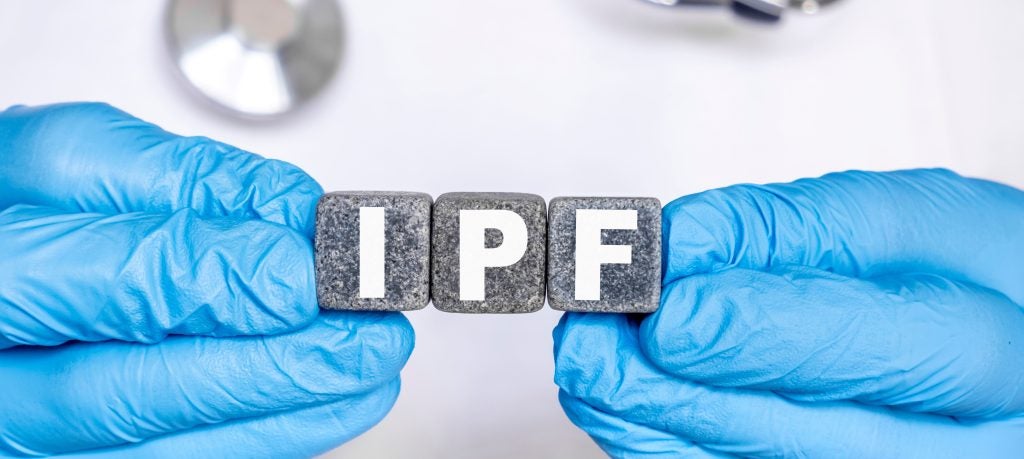Evrima Technologies has executed a pilot project with StrongRoomAI and Paratus Clinical, to offer new avenues for patients to discover and participate in clinical trials.
This pilot approach integrated networks of general practitioners (GPs), pharmacies and clinical trial sites in Australia.
The collaborative effort utilised Evrima's GP and pharmacy network, Evripath, to identify patients potentially eligible for clinical trials.
These patients are then contacted through StrongRoom's pharmacy channels and connected with the onsite team of Paratus Clinical for further assessment.
The project marks a significant shift in the Australian healthcare sector, offering patients the chance to consider clinical trials as a viable option in their healthcare journey.
Early results from the partnership are claimed to have indicated a positive impact.
Using this technology, 39 suitable subjects were identified and matched with clinical trials via regional pharmacies in just a few days.
The objective of the alliance is to create Australia's most extensive referral network by capitalising on StrongRoomAI's pharmacy network and Paratus Clinical's expanding trial site network.
This strategy aims to integrate research into the community, removing obstacles to trial participation and accelerating the clinical development process.
The approach could broaden the potential participant base as well as promote diversity and inclusivity in clinical research.
Evrima Technologies founder and CEO Charlotte Bradshaw said: “Evrima successfully completed a pilot project in New South Wales, along with StrongRoom AI, a medication management platform, and Paratus Clinical, a clinical trial site network, to identify eligible participants via pharmacies and refer them to local clinical trials in their community.
“This project saw rapid adoption by healthcare professionals and provided a number of patients with the opportunity to participate in clinical trials they wouldn’t normally have been aware of. Evrima plans to expand this network to reach five million people by the end of the year.”
















